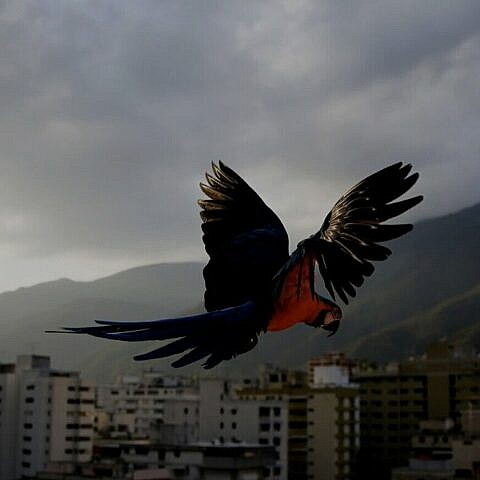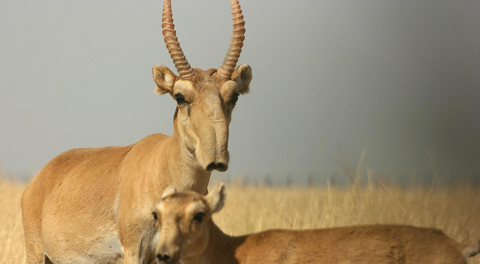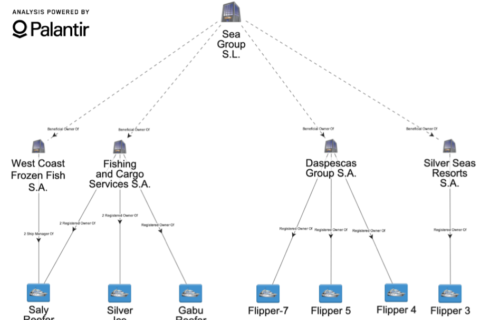Taking Off

This report, produced under the ROUTES Partnership, seeks to synthesize publicly available information to provide an empirical basis for the analysis of wildlife trafficking in the air transport sector within the LAC region.
Executive Summary #
Wildlife trafficking in the air sector in Latin America and the Caribbean (also known as the LAC region) is a serious and significant problem. As in other regions, the confluence of habitat destruction, economic polarization, and convenient availability of international travel has facilitated wildlife trafficking at a national, regional, and international level. The consequences for wildlife populations have been dire – against the backdrop of a 94% drop in regional animal population sizes between 1970 and 2020, the C4ADS Air Seizure Database shows that seizures of animal products along air routes increased steadily until 2019.
The LAC region poses particular concern for two reasons. First, it is one of the principal remaining repositories of biological and species diversity in the world. Increasing wildlife trafficking will continue to degrade this essential environment. Second, the LAC region is the home to many of the world’s most capable and violent trafficking organizations,1 which raises the risk that wildlife trafficking will empower organizations seeking to impose more direct harms on humans.
This report, produced under the ROUTES Partnership, seeks to synthesize publicly available information to provide an empirical basis for the analysis of wildlife trafficking in the air transport sector within the LAC region.
We are pleased to offer both English and Spanish versions of this report.







